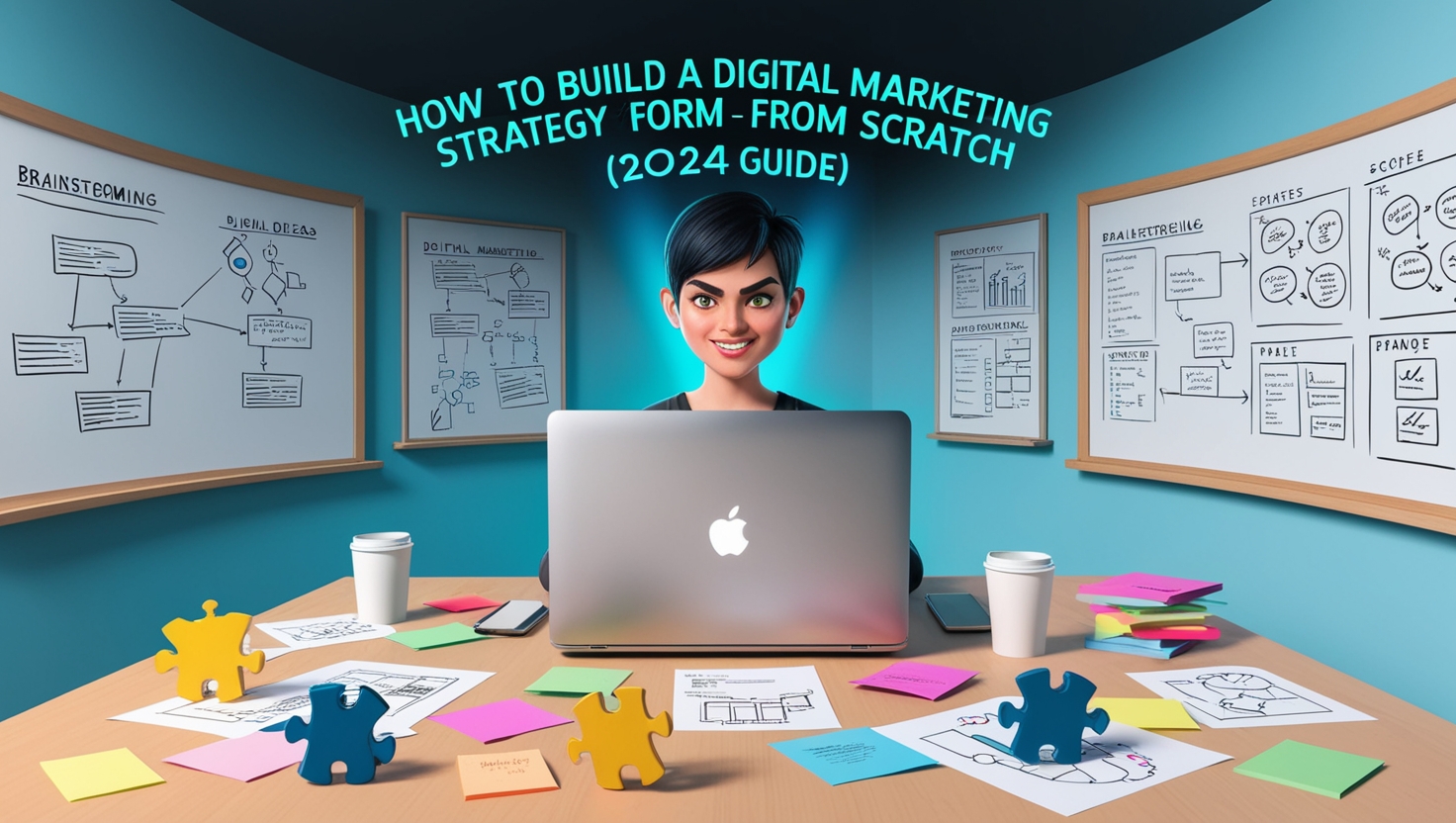How to Write a Blog Post: The Ultimate Success Guide
How to Write a Blog Post: The Ultimate Success Guide
Blogging has transformed into a dynamic platform for sharing insights, displaying expertise, and engaging with a global audience. However, crafting a compelling blog post can sometimes be challenging. With a solid strategy and a clear structure, you can turn your ideas into captivating content that resonates with your readers. This guide covers the essential steps for writing a blog post, from brainstorming to publication and promotion.
Are you ready? Let’s dive in!
1. Know Your Audience
The first step to writing a successful blog post is defining its purpose. Ask yourself: What do you aim to achieve with this post? Goals can vary widely:
-
Inform
: Provide valuable insights or how-to guides.
-
Entertain
: Engage readers with humor or storytelling.
-
Persuade
: Convince readers to adopt a viewpoint or take action.
-
Inspire
: Share motivational stories or ideas.
Understanding your target audience is crucial. Identify key demographics such as age, gender, education level, and location. Know their interests and challenges. This insight helps tailor content that resonates and adds value.
2. Choose a Captivating Topic
2.1 Brainstorm Potential Topics
Start by jotting down ideas, no matter how broad or specific. Think about your passions, expertise, current trends, and audience queries. Aim to generate as many ideas as possible without filtering.
Ask yourself:
- What are my readers passionate about?
- What challenges do they face?
- What questions do they frequently ask?
- What current events or trends are relevant?
Use our Blog Post Idea AI tool to expedite this process.
2.2 Conduct Keyword Research
Utilize tools like Google Keyword Planner, Ahrefs, or Semrush to identify popular and relevant terms. Focus on keywords with high search volume and moderate competition.
2.3 Align with Purpose and Audience
Select a topic that matches your blog’s goals and your audience’s needs. Ensure it addresses their interests and provides valuable insights.
3. Conduct Thorough Research
Effective research underpins a well-informed blog post. Gather information from reliable sources like books, academic journals, and reputable websites. Cross-reference multiple sources to ensure accuracy and credibility. Our Topic Research AI tool can assist in streamlining this process.
4. Create an Outline
Organize your main points logically. Sequence them to build a coherent narrative. Break down each main point into sub-points with detailed information and examples. Here’s a sample outline for a blog on building a website with WordPress:
5. Start Writing
5.1 Craft a Captivating Title
Your title is the first thing readers see. Make it short, powerful, and benefit-driven. Use action words and numbers to attract attention.
5.2 Write an Engaging Introduction
Hook your readers with a surprising fact, a provocative question, or a relatable anecdote. Set clear expectations about what they will gain from reading your post.
5.3 Develop Compelling Content
Deliver value with clear, concise information. Start each section with a strong topic sentence. Use short paragraphs, subheadings, and bullet points to enhance readability.
5.4 Make It Scannable
Many readers skim content. Use H1, H2, and H3 tags appropriately. Break up text with bullet points and numbered lists. Choose readable fonts and consistent formatting.
5.5 Add Visual Appeal
Incorporate images, infographics, and videos to illustrate key points and break up text. Ensure visuals are optimized for web viewing to prevent slow loading times.
6. Proofread and Edit
Check for grammar, spelling, and punctuation errors. Clarify ambiguous phrases and ensure logical flow. Use editing tools or peer feedback to refine your post. Don’t forget to include a call to action.
7. Optimize for Search Engines
Use keywords naturally throughout your post. Link to reputable sources and interlink related blog posts. Optimize your title, meta description, and URL. Add alt text to images for improved SEO.
8. Promote Your Post
Share your post on social media and engage with your audience. Use email marketing to reach subscribers. Collaborate with influencers or guest post on other blogs. Repurpose your content into different formats to expand your reach.
Frequently Asked Questions
How long should my blog post be?
Aim for at least 600 words, but adjust based on topic complexity.
How often should I publish new blog posts?
Consistency matters. Choose a schedule you can maintain, whether weekly, bi-weekly, or monthly.
What if I don’t feel like an expert?
Share your knowledge and experiences authentically. Passion and authenticity resonate with readers.
How can I get more comments on my blog?
Encourage discussion by asking questions and responding to comments.
How do I deal with writer’s block?
Experiment with different environments, take breaks, and seek inspiration from various sources.
Should I prioritize writing for search engines or readers?
Prioritize your readers. Aim for a balance between engaging content and SEO optimization.
Conclusion
Crafting a successful blog post requires strategic planning and dedicated execution. By understanding your audience, conducting thorough research, and optimizing for search engines, you can create engaging content that attracts and retains readers. Stay consistent, promote your posts effectively, and be patient. High-quality content will eventually build a loyal readership.
If you found this guide helpful, let us know by Whatsapp: +91-6280082011.


